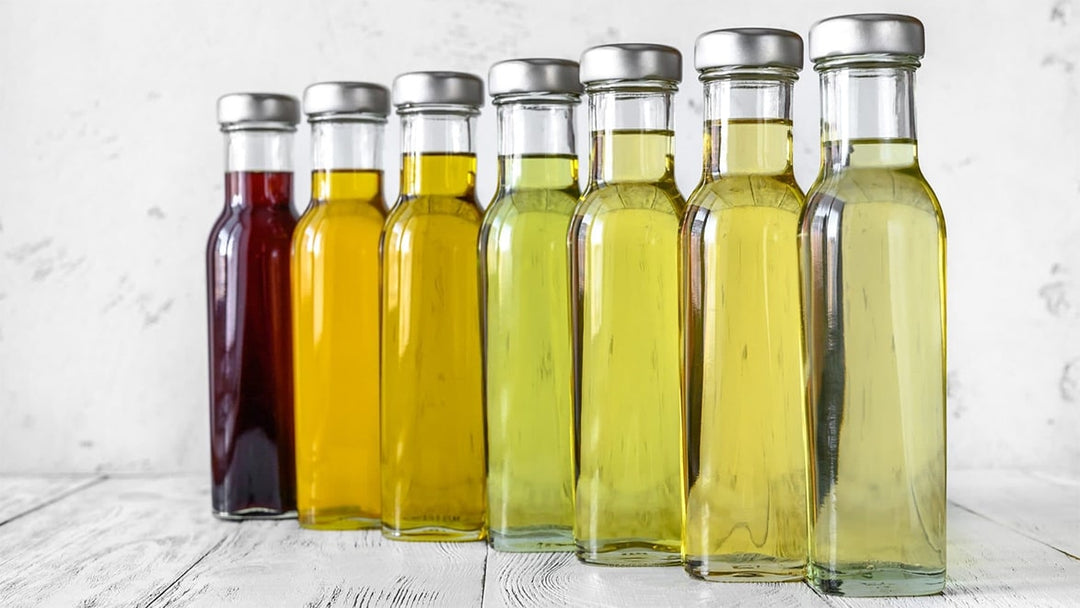
Why Taste Trumps Color: Debunking the Myth of Extra Virgin Olive Oil Color and Quality
Posted on
Extra virgin olive oil is a staple in many kitchens around the world. It is a healthy and flavorful alternative to other cooking oils, and it is used in everything from salad dressings to sautéed vegetables. But is the color of extra virgin olive oil important for its quality?
The short answer is no - the color of extra virgin olive oil does not necessarily indicate its quality. In fact, the color of extra virgin olive oil can vary widely depending on a number of factors, including the type of olives used, the location and climate of the olive grove, and the processing methods used to extract the oil.
While many people associate a deep green color with high-quality extra virgin olive oil, this is not always the case. In fact, some high-quality extra virgin olive oils may be a lighter shade of green, or even a golden yellow color. The color of extra virgin olive oil is influenced by the presence of chlorophyll, which gives the oil its green color, as well as the presence of carotenoids, which give the oil its yellow or golden color.
The most important factors in determining the quality of extra virgin olive oil are its taste and aroma. High-quality extra virgin olive oil should have a fruity aroma and a well-balanced flavor that is neither too bitter nor too pungent. It should also have a low acidity level, which indicates that the olives used to make the oil were of high quality and were processed properly.
To ensure that you are purchasing a high-quality extra virgin olive oil, it is important to look for certain characteristics on the label. The label should indicate that the oil is "extra virgin," which means that it was made from the first pressing of the olives and was extracted without the use of chemicals. It should also indicate the country of origin and the harvest date of the olives, as well as the type of olives used.
In conclusion, while the color of extra virgin olive oil may be an important consideration for some consumers, it is not necessarily indicative of the oil's quality. The taste, aroma, and acidity level of the oil are much more important factors in determining its quality. By selecting an extra virgin olive oil that is labeled properly and has a well-balanced flavor and aroma, you can ensure that you are getting a high-quality product that will add flavor and nutrition to your meals.

Leave a comment: